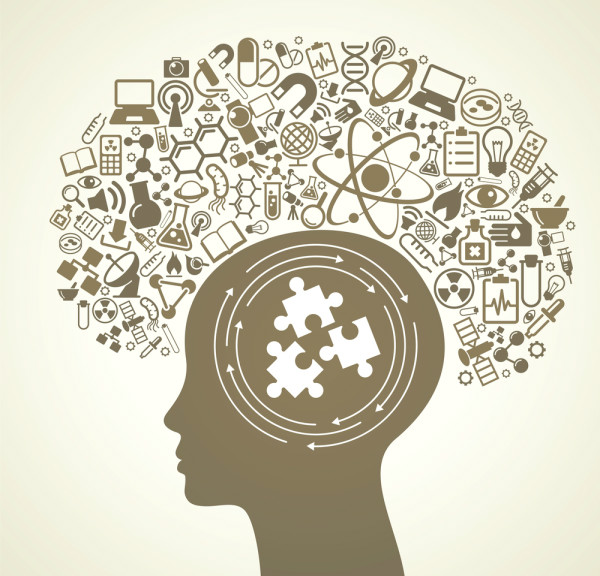Are you the type of person who learns best by reading? Or are you someone who prefers to listen, watch and do? Regardless of your learning style, Professional development for K-12 Educators is important—to understand how they learn best so that they can enhance their ability to learn and improve their professional development.
Active Learning.
Active learning is a teaching style that involves the learner in an active role. As opposed to passive learning, which often involves reading and listening to lectures, active learning requires students to engage with the material and with each other through activities such as questioning, debating, and problem-solving.
This can be done through any number of methods: asking students to present the information they’ve learned; asking them to share their opinions on topics or issues, or giving them hands-on experience with real-world situations by assigning group projects or small group discussions (either in person or online); letting students practice skills either individually or in small groups before asking for more difficult challenges; etc.
The advantages of this teaching style are numerous: it improves student engagement and motivation; it helps improve understanding of the material; and it helps improve rete, and of material over time.
Reflective Learning.
Reflective learning is a process of thinking about, analyzing, and evaluating your own learning. It’s an important part of professional development and can be used to improve teaching and learning. Here are some ways to make the most use of reflective learning in your classroom:
- Encourage students to reflect on their own progress by asking questions like “How did you feel when you received this assignment?” or “What was the hardest part for you?”
- Take time during class to reflect together on what strategies worked well or didn’t work so well in performing certain tasks.
Sensory Learning.
Sensory learning is a style of learning that relies on the senses. Sensory learners are affected by their environment and often need to feel, see, touch, taste or hear something before they can fully understand it.
Sensory Learners learn best through using all of their senses simultaneously: touch (feel), sight (see), sound (hear), smell/taste (smell/taste)
Sequential Learning
The most common learning style is sequential learning. This is also known as left-brain thinking, or the ability to follow instructions in order and pay attention to detail. Sequential learners are good at following the steps of a process without making mistakes and are often referred to as organized and meticulous.
When you’re learning something new, it’s helpful to know what your preferred way of absorbing information is so that you can make sure that what you’re doing matches up with how your brain likes things presented. If you don’t match up with one of these four categories, don’t worry! Your style might be just slightly different than one of these four categories (and there are many other learning styles out there).
Global Learning.
Global learners are those who learn best when they can see the big picture. They want to understand how things fit together, and how they relate to each other.
They want to know why something is important, not just how it works. They’re interested in context and meaning because these help them put information into perspective and make connections between what you’re learning today and what you learned yesterday and will learn tomorrow.
Positive Professional Development for K-12 Educators’ experiences rely on recognizing, understanding, and accommodating different learning styles.
- Learning styles can have a major impact on how people learn and interact with others.
- For example, some people are more auditory learners (they learn best by hearing), while others are visual learners (they learn best through images).
- By identifying your own learning style, you can better understand how to get the most out of professional development opportunities that work for you.
Conclusion
In conclusion, learning styles are important because they help you understand how to learn best. If you know your learning style, then it’s easier to find resources that work for you (and avoid those that don’t!).








